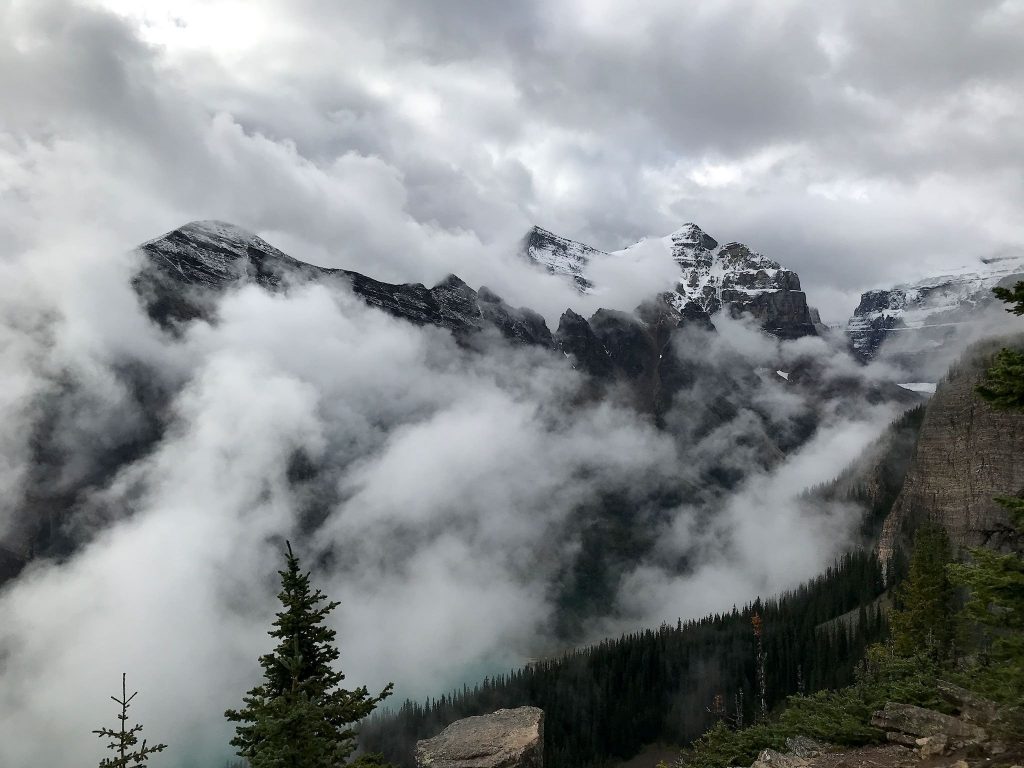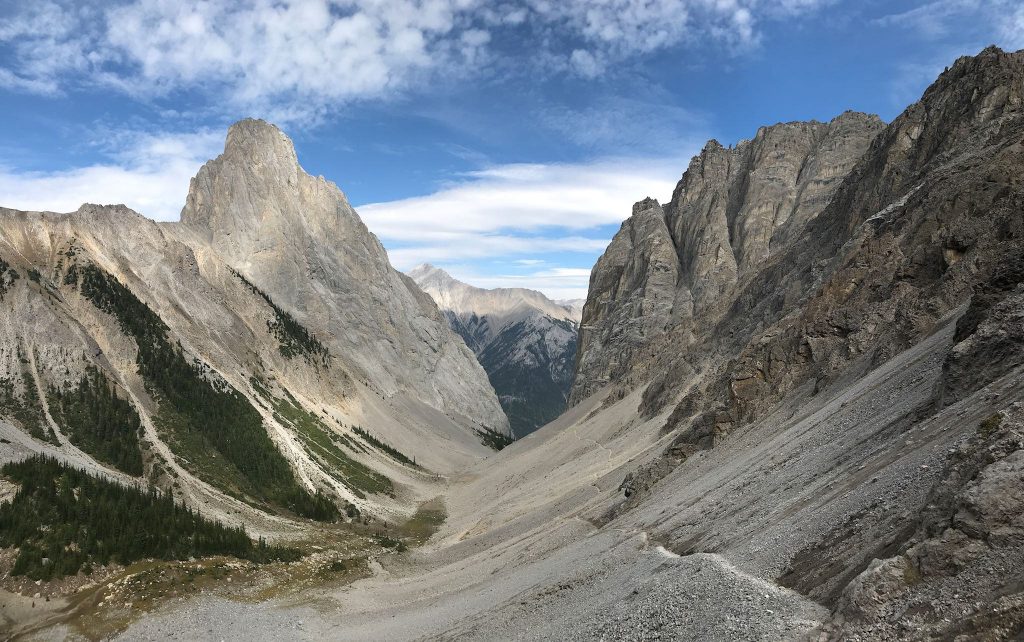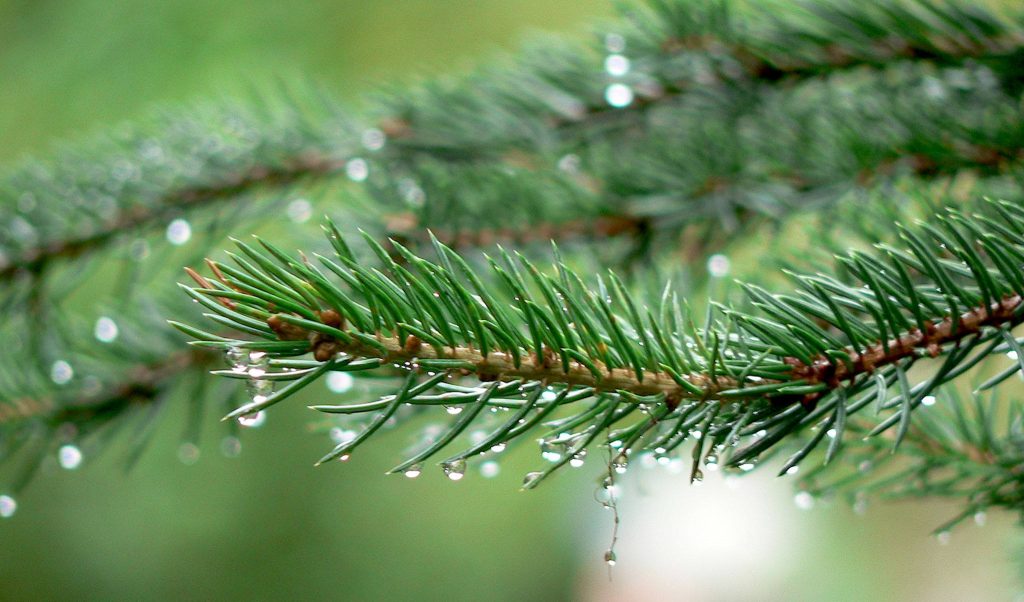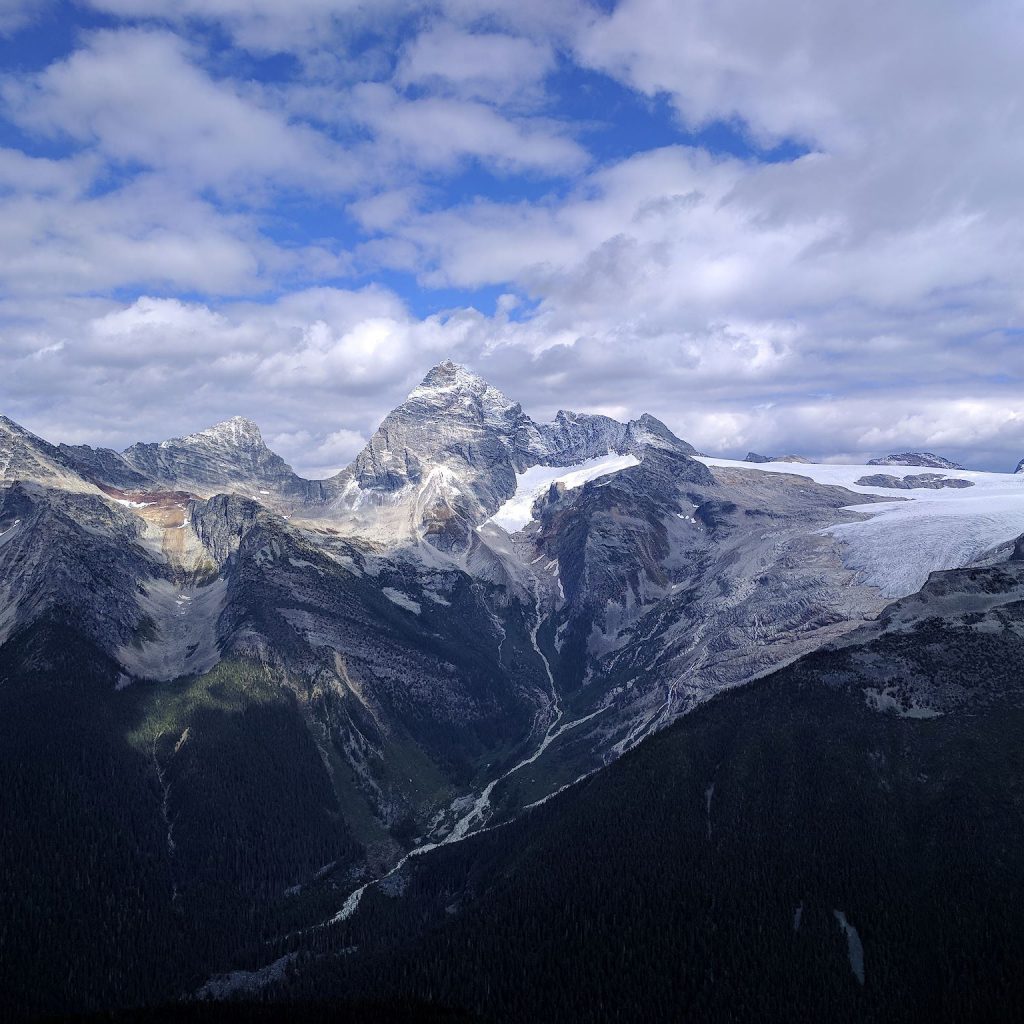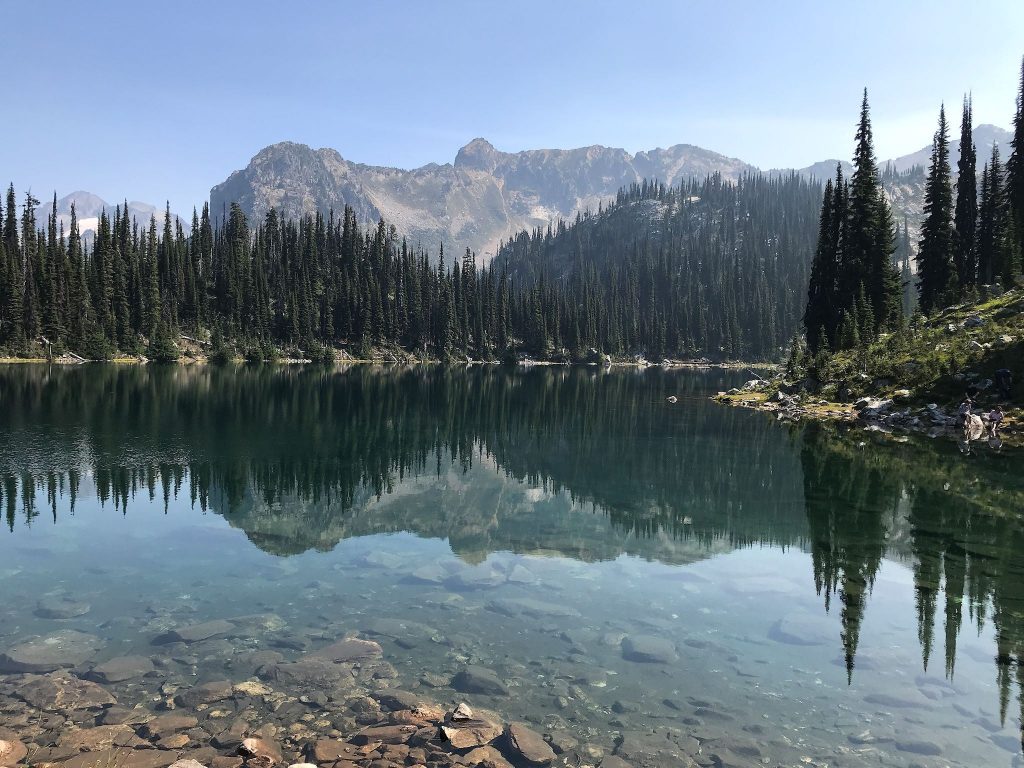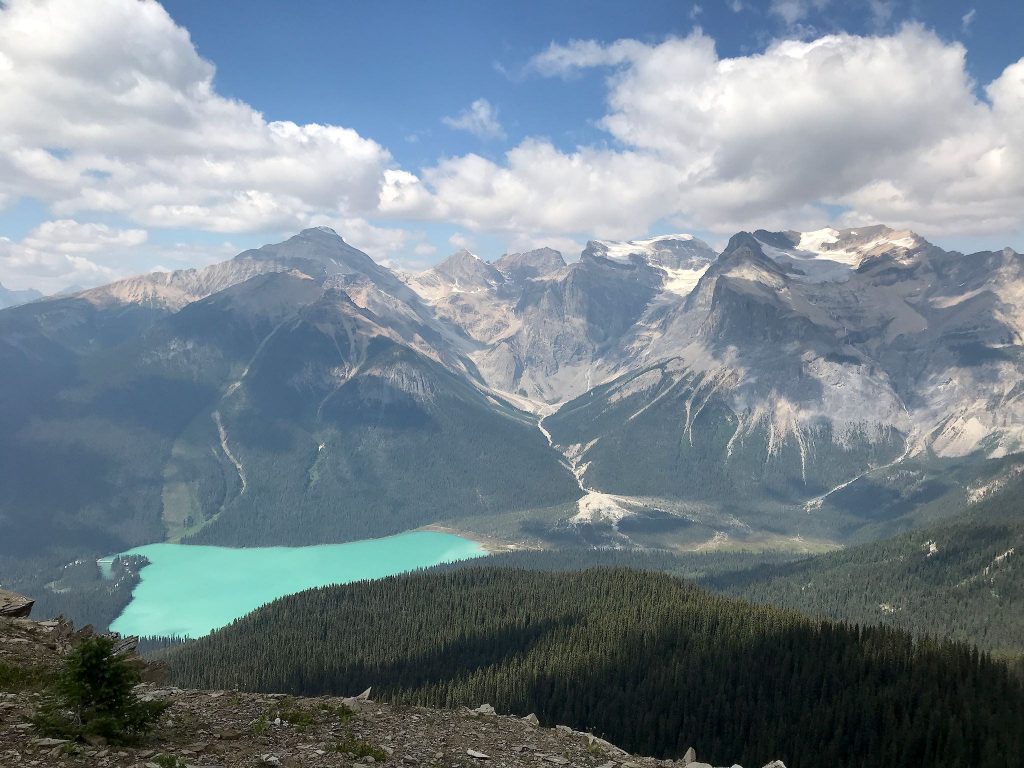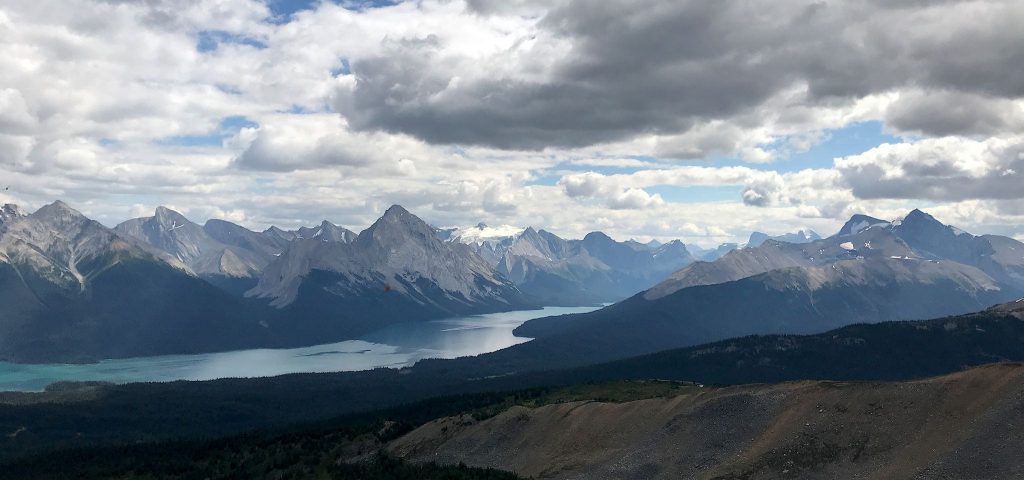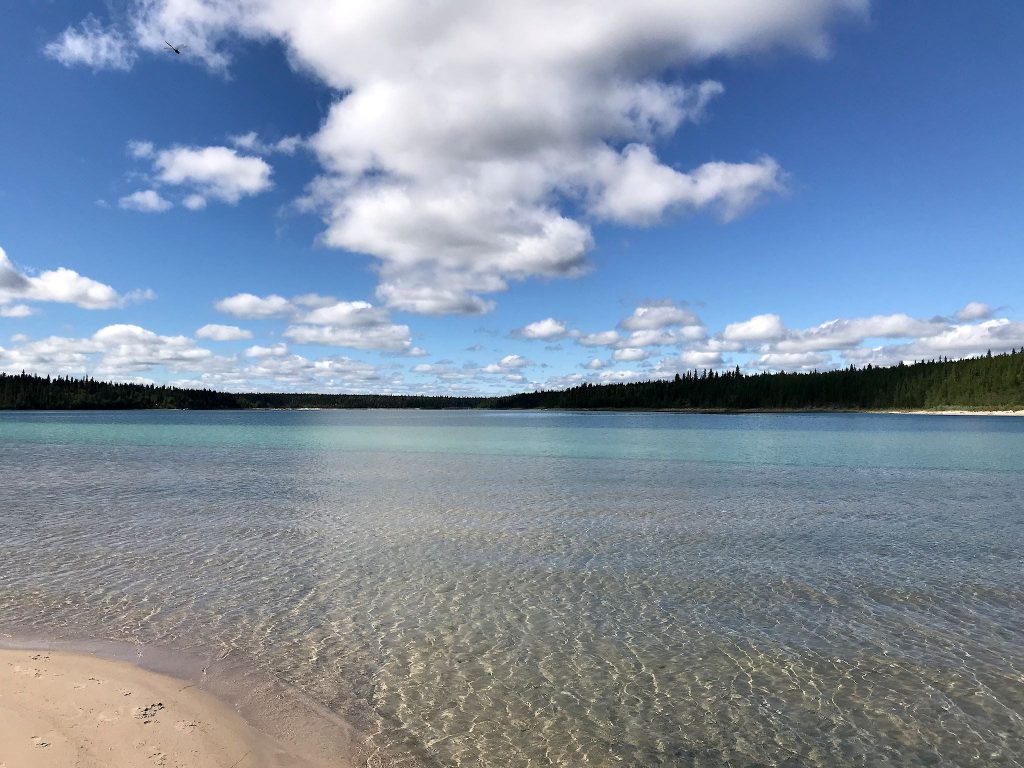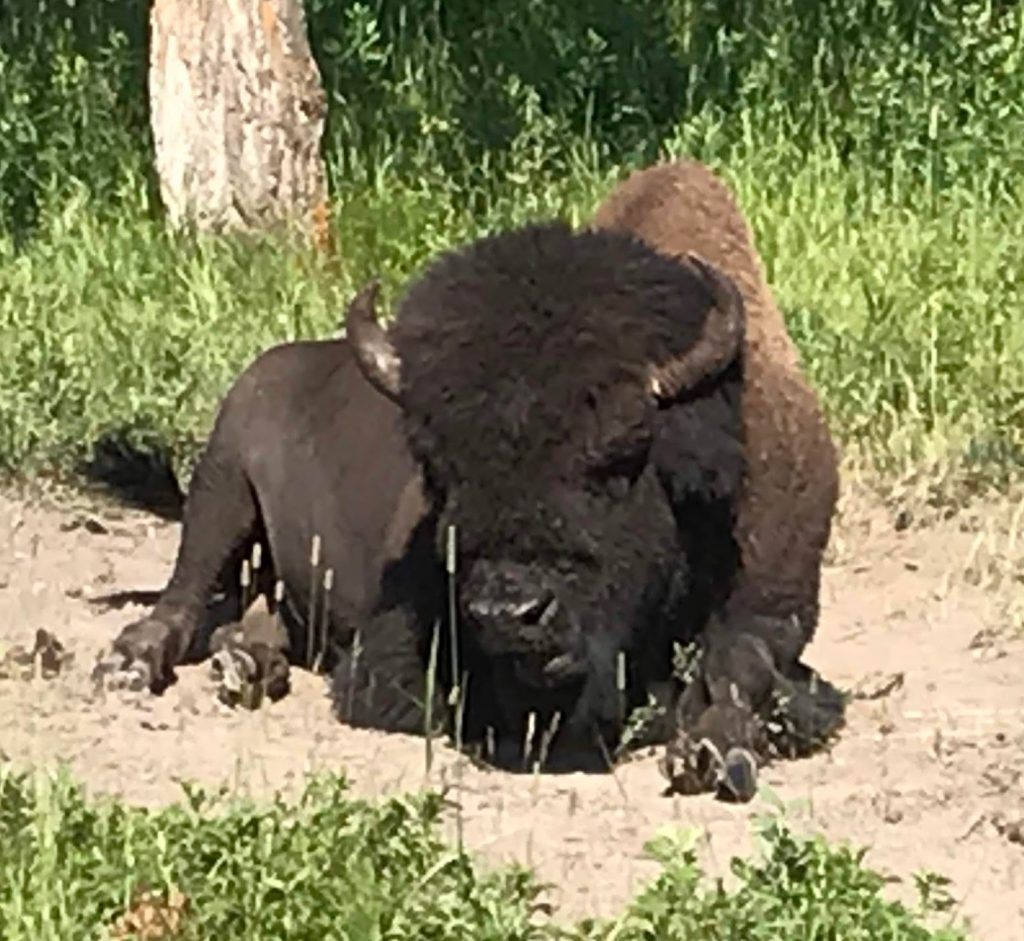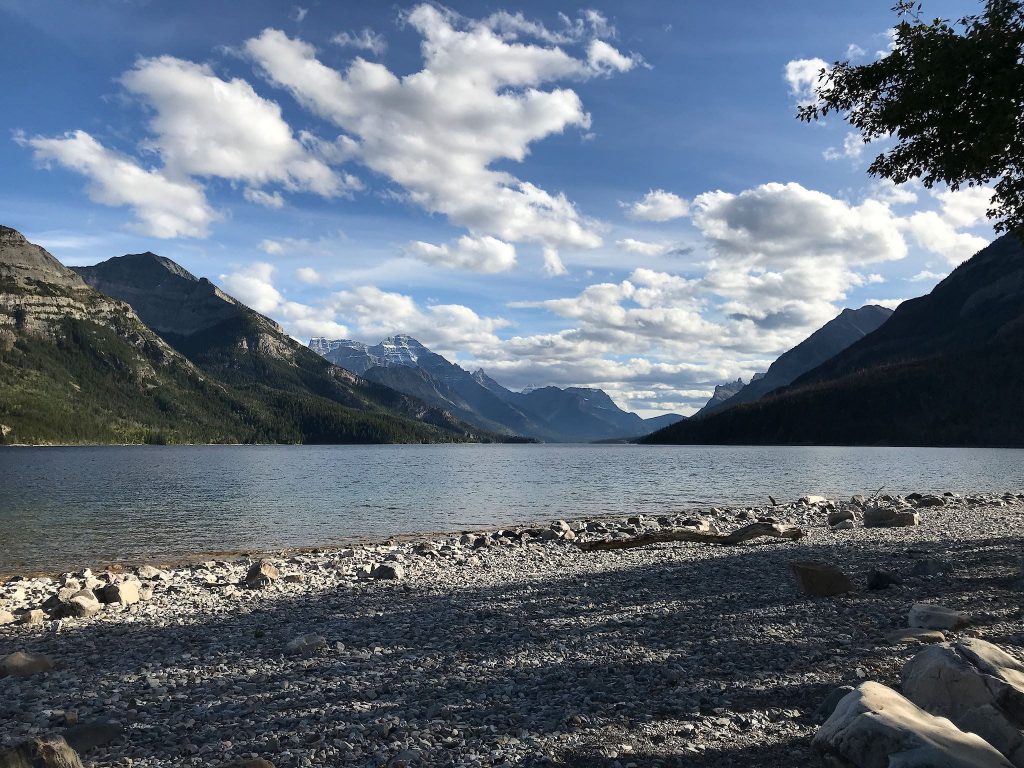
Waterton Lakes National Park is different from the other parks in the Canadian Rockies. It’s the smallest park in the Rockies, and the most diverse. Its motto is ‘where the mountains meet the prairies,’ a unique geology where the expected foothills just don’t exist. The park features the three Waterton Lakes – Lower, Middle and Upper – the latter being the deepest lake in the Canadian Rockies. Waterton is the only Canadian National Park to share a border with a US park – Glacier National Park. In 1932, the two parks were designated together to be the first International Peace Park, dedicated to peace and collaboration on preserving the unique ecosystem.
From our travels in the northwestern US last year, we were aware of the Kenow Fire that raged through Waterton National Park during September 2017, burning through nearly half of the park. The fire had played out and was considered ‘held’ exactly 1 year (to the day) before our arrival this fall. A year later, the entire west side of the park remains closed as crews continue to clear downed trees from roads and rebuild trails to restore safety for hikers and visitors. According to the park website, as we were preparing to leave Lake Louise, there was only one day hiking trail and one campground open.
We had decided to not visit Waterton on this trip, but due to some shifts in our timing and the weather, we changed our minds. So glad we did!

